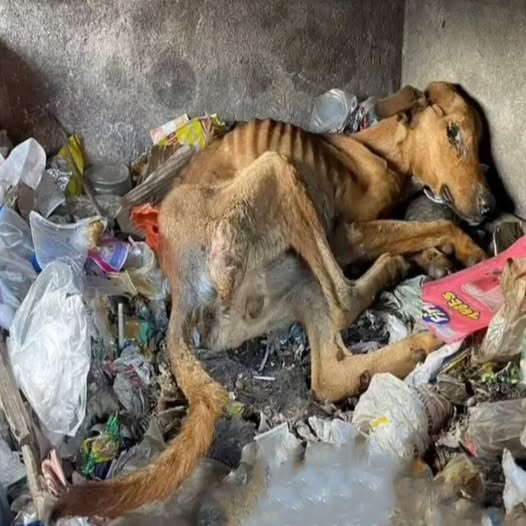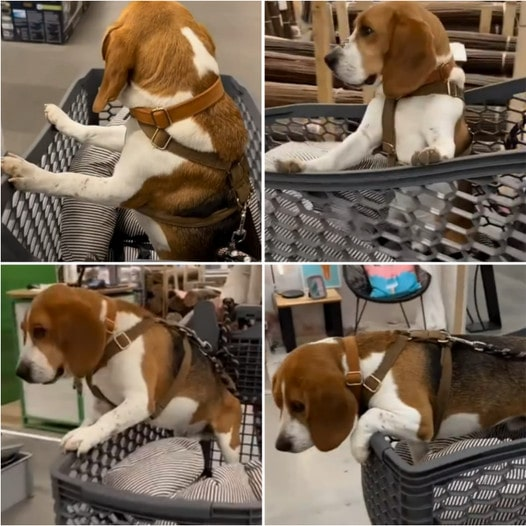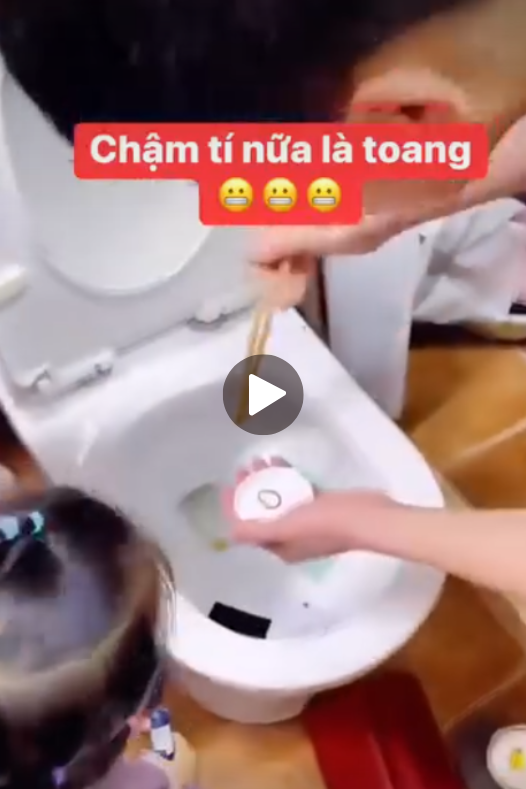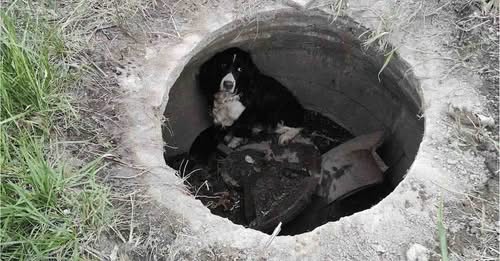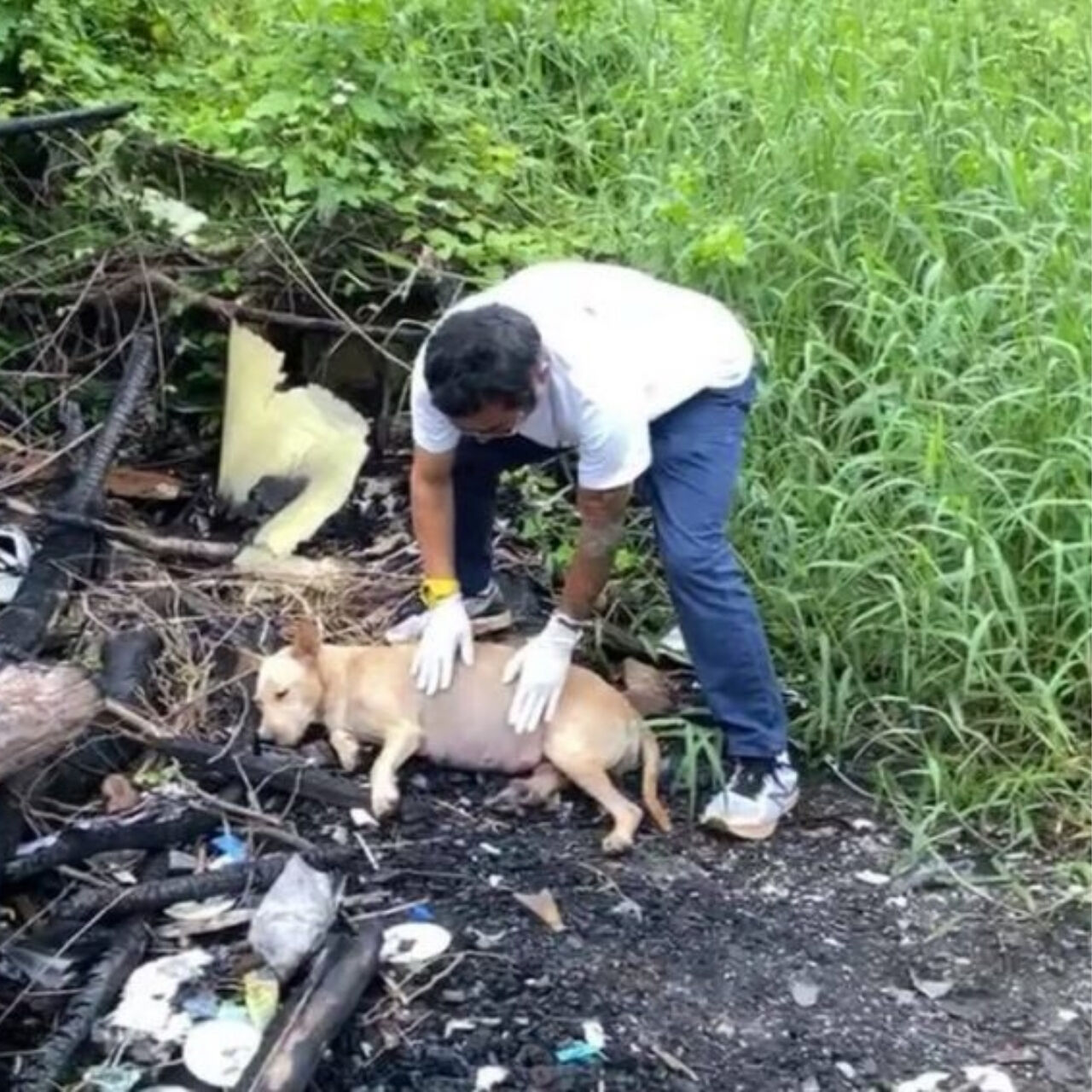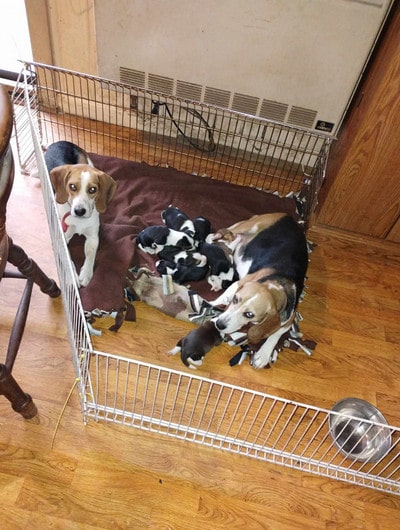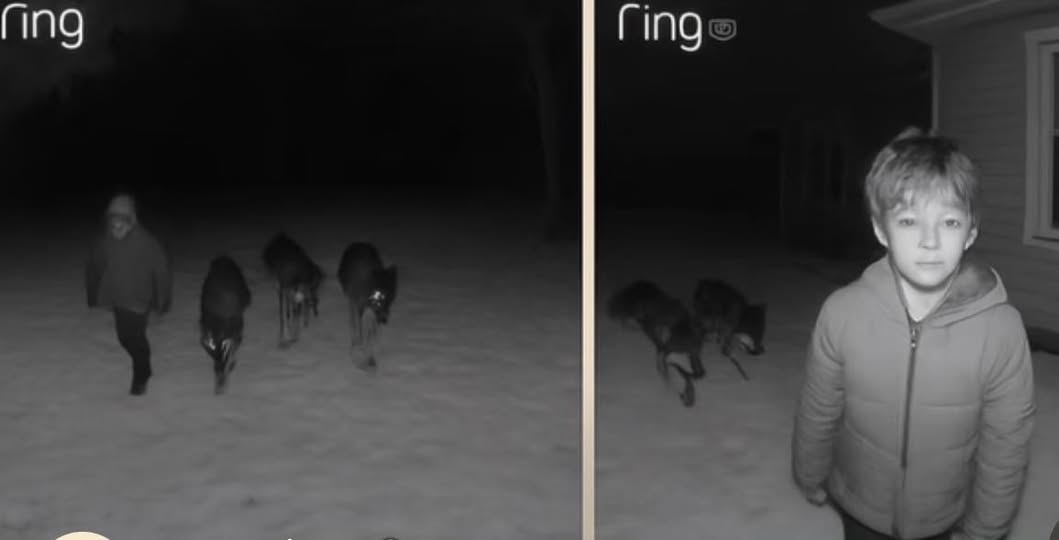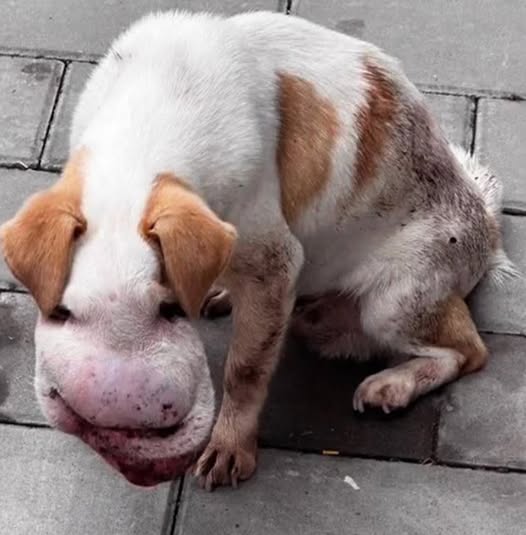Darius Brown, 12, has a big heart and nimble fingers. While other kids play video games, he sews colorful bow ties—not for parties, but for dogs and cats in animal shelters. It began after a hurricane left hundreds of animals homeless. Darius wanted to help them stand out. With bright fabrics and careful stitches, he crafted bow ties that gave each animal a spark of personality. The results were magical. Photos of bow-tied pets went viral, and countless animals found loving homes. Darius proved that age doesn’t limit kindness. With creativity and heart, anyone can make the world a little brighter—one stitch at a time.
This simple, powerful narrative of a boy and his bow ties is only the beginning of a story that delves deep into the nature of compassion, resilience, and the extraordinary impact of a single, creative idea. The true genesis of Darius Brown’s mission is even more profound, rooted not in a hurricane’s aftermath alone, but in his own personal journey of overcoming challenges. At the age of two, Darius was diagnosed with comprehension, speech, and fine motor skills delays. The simple act of tying his shoes was a monumental task. To help him develop his dexterity, his older sister taught him how to cut fabric and, eventually, how to sew. What began as a form of therapy, a way to train his hands and mind to work in unison, soon blossomed into a passion. The rhythmic push and pull of the needle, the transformation of flat fabric into a three-dimensional object, became his unique language. He had discovered a superpower not in spite of his challenges, but directly because of them. His nimble fingers, once a source of difficulty, were now capable of creating something beautiful and purposeful.
The genius of his idea lies in its deep understanding of human psychology. An animal shelter can be an overwhelming place, both for the animals and for prospective adopters. Cages line the walls, filled with hopeful, anxious faces. It is a sea of anonymity, where the unique spirit of each dog and cat can be lost in the sheer volume of need. A bow tie does something deceptively simple yet transformative: it breaks the pattern. It individuates. A potential adopter scrolling through endless photos of shelter pets online is suddenly stopped by the image of a handsome tabby cat wearing a vibrant, polka-dotted bow tie, or a shy pit bull looking dapper and gentle in a plaid creation. The accessory acts as a conversation starter. It reframes the animal not as a statistic or a victim of circumstance, but as a personality waiting to be discovered. It whispers, “Look at me. I’m special. I’m ready for my close-up.” This small touch of sartorial flair helps people see past the cage and envision the pet in their home, as a cherished member of the family.
The “magical results” were not an accident; they were the direct outcome of this brilliant, empathetic marketing. Shelter staff and volunteers, who work tirelessly every day to care for and promote their animals, immediately saw the value in Darius’s contribution. They saw how a bow tie could soften the appearance of a dog with a sad history or bring out the playful side of a cat that was overlooked. The photos they posted began to garner more shares, more comments, and most importantly, more adoption inquiries. The bow ties became a symbol of hope and a tool for visibility. Darius was not just donating a cute accessory; he was providing shelters with a powerful marketing asset that helped them compete for attention in a crowded digital world. His work became a force multiplier, amplifying the efforts of countless people dedicated to animal welfare.
What started as a response to a local crisis soon evolved into a nationwide movement, formalized under the banner of his own organization, “Beaux & Paws.” Fueled by the viral attention and an outpouring of support, Darius set an audacious goal: to donate his handmade bow ties to animal shelters in all 50 states. This “PAW-SOME Mission” transformed his bedroom operation into a logistical challenge, involving fabric donations, shipping costs, and countless hours at the sewing machine. Yet, his resolve never wavered. He began fundraising, speaking at events, and using his growing platform to advocate for animal adoption. His story resonated so deeply because it was authentic. Here was a young man who had found his purpose and was pursuing it with infectious joy and determination, inspiring a wave of support from people around the world who wanted to be part of his journey.
Darius Brown’s story serves as a powerful testament to the idea that you don’t need vast resources, a formal title, or the perceived wisdom of age to enact meaningful change. He saw a problem not with the weary eyes of an adult who might see an insurmountable tragedy, but with the fresh, creative perspective of a child who simply asked, “How can I help?” His solution wasn’t to lobby for policy change or build a new shelter; it was to use the specific skill he had painstakingly developed to offer a touch of dignity and charm. In doing so, he has become a role model for a new generation of activists, demonstrating that compassion is a verb, an action, and that the most effective advocacy often comes from the heart, guided by the unique talents each person possesses. He teaches us that the world’s biggest problems can often be addressed with the smallest, most personal gestures. A stitch, a piece of fabric, a flash of color—in his hands, these simple elements combine to create a lifeline. His journey proves that kindness is the universal thread that connects us all, and that with a little creativity, anyone can be the one to stitch a brighter future for those who have no voice of their own.

